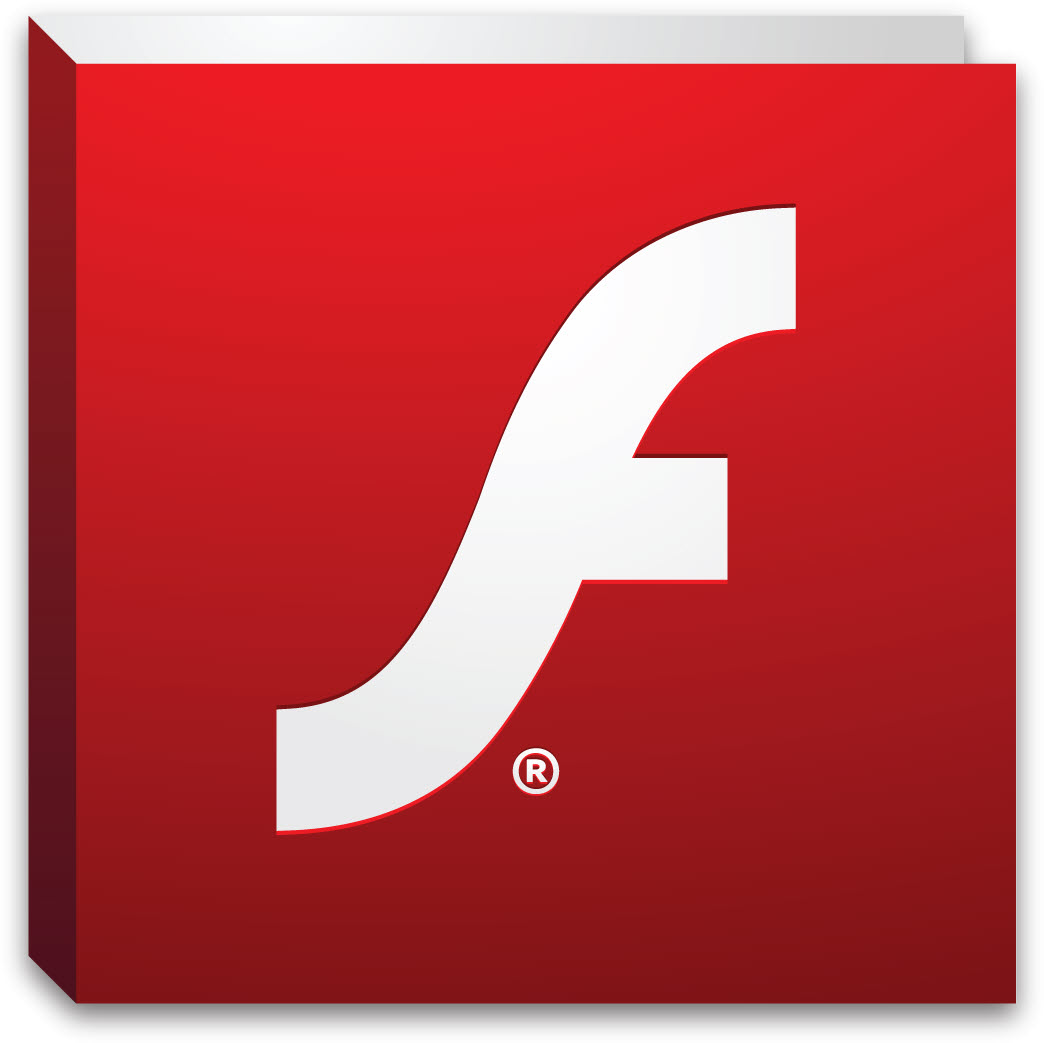Why would a developer with a working knowledge of HTML5 and JavaScript want to use a framework to create Web applications? If you’re developing a Web app for the browser on a desktop, you might not, according to Julian Bucknall, CTO of Developer Express. The action is in the mobile space, he said.
“In the browser, people will stick with what they know, like ASP.NET or Ruby on Rails, what they’ve been writing for the past 10 years,” he said. Frameworks today help developers on the mobile side, where there is “the feel of the Wild West sometimes,” he added. “Some things are established, and some are in the middle of nowhere and you hope they’re going somewhere. There are so many libraries, and some are based on jQuery, and some are not…”
Here’s what Sencha CEO Michael Mullany had to say about that: “The number of things you need to know to be an effective developer is skyrocketing. Knowing the ins and outs from top to bottom is challenging, almost as complex as becoming a great Windows developer. Each platform has quirks and eccentricities. It’s why folks are looking at frameworks.” Developers can do great work, he said, “without having to learn how each individual tag works.”
But, cautioned Jason Beres of Infragistics, “Frameworks don’t solve all your problems.” They can’t make you be expert at everything, and people don’t want to wait 10 years for vendors to catch up with what’s happening in the industry, he said. But frameworks “take care of a lot of stuff developers can’t handle, such as data validation, or rendering the right way on different browsers,” he added.
In the Web world, developers have different expectations; they can’t simply count on knowing one technology to maximize their applications. Developers might be using JsRender jQuery templates, or MVVM architectural patterns for JavaScript, or History.js to manage HTML5 History APIs, Beres noted. And, the best frameworks will work with those things, removing the complexity. Developers “could be using five different frameworks in a Web page, and they should all play nicely together,” he said.
And, Bucknall pointed out, there is no shortage of HTML5 frameworks. “New things are coming out all the time, but I think most people will go back to the places that they’ve had success in the past, where there already is trust,” he said.
Here is a list of some HTML5 frameworks in use today, in alphabetical order:
Open source
52framework
DHTMLX
The-M-Project
Montage
SproutCore
Commercial
DXtreme (DevExpress)
Ignite UI (Infragistics)
Kendo UI (Telerik)
Titanium (Appcelerator)
Touch (Sencha)





